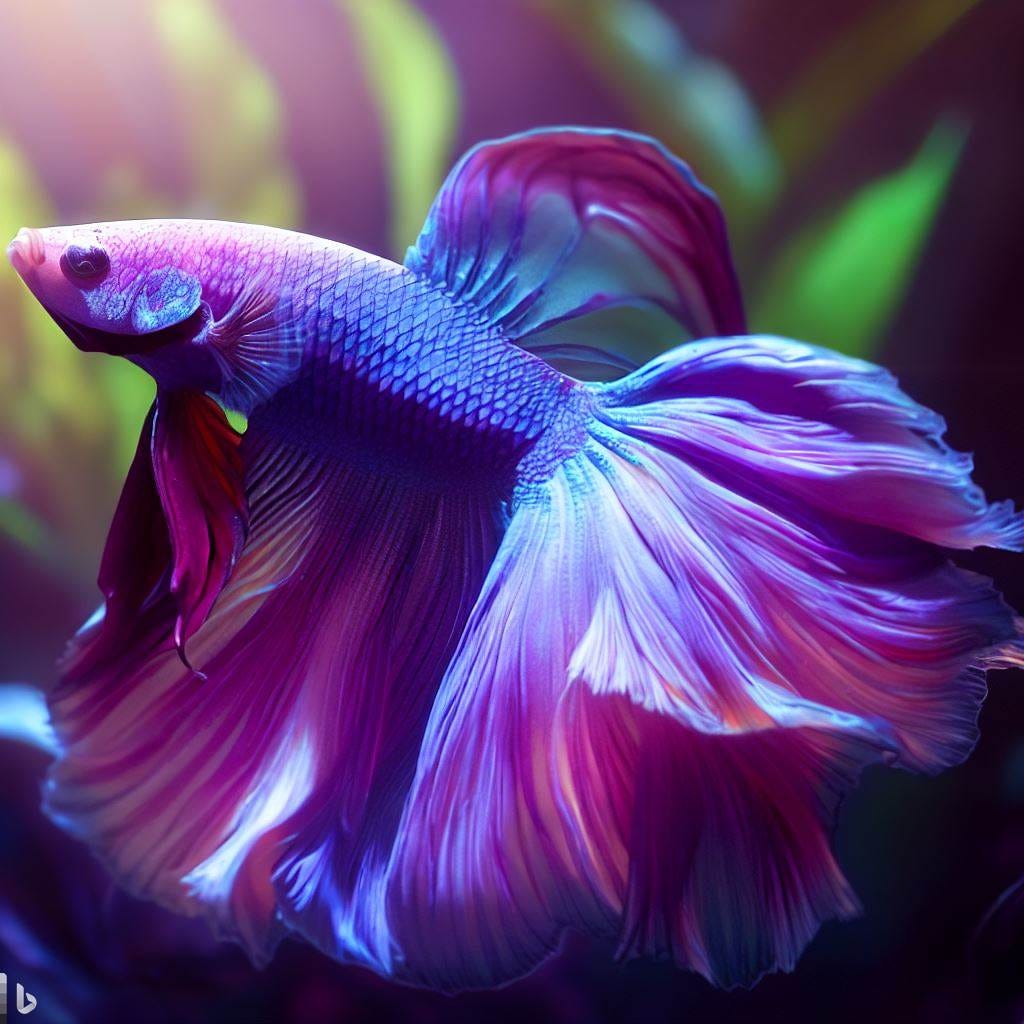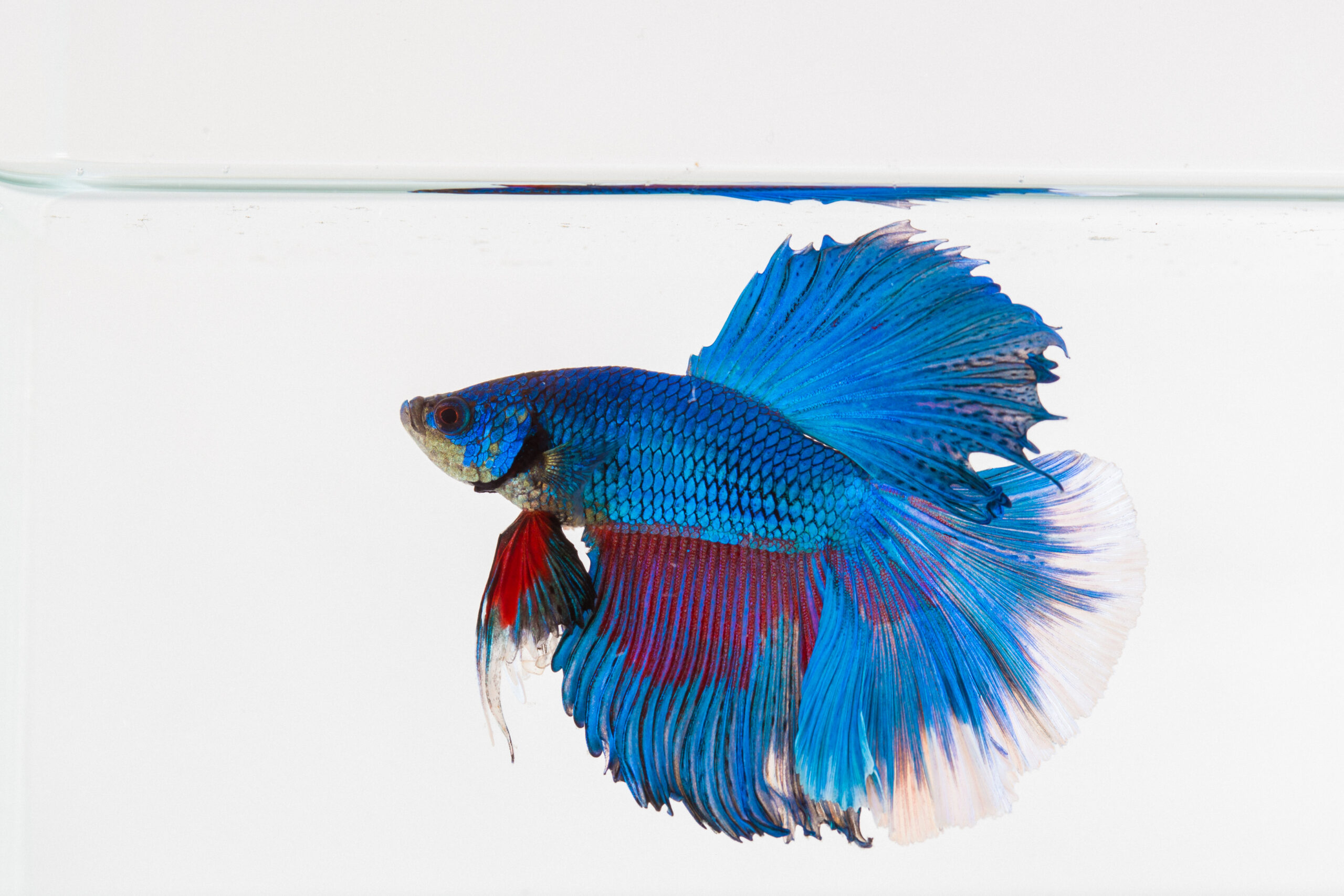Betta Fish Tank Setup: A Step-by-Step Guide for Beginners
Betta Fish Tank Setup: A Step-by-Step Guide for Beginners
Blog Article
Exactly How to Reproduce Betta Fish Successfully: Specialist Methods and Insights for Hobbyists Wanting To Increase Their Betta Collection
Reproducing Betta fish requires a nuanced understanding of genes and environmental problems, making it important for hobbyists to come close to the procedure with both persistance and care. Creating an optimum reproduction environment, selecting the ideal sets, and observing the details of their courtship behaviors are foundational actions that can dramatically influence the outcome.
Understanding Betta Fish Genetics
Comprehending the genetics of Betta fish is vital for effective reproduction, as it affects characteristics such as color, fin form, and behavior. Betta fish show a varied range of colors and patterns, greatly established by their genetic make-up. The primary genetics in charge of coloration include the "B" gene for blue, "D" gene for red, and the "C" genetics for shade intensity. Breeders can adjust these characteristics by selecting specific moms and dad fish that display preferred characteristics.
In enhancement to pigmentation, fin morphology is an additional substantial element of Betta genetics (betta fish). The shape and dimension of fins are influenced by numerous genetics, including those that determine whether the fins are brief, long, or veil-shaped. Comprehending these genetic variants aids dog breeders predict the phenotypic end results of their children
In addition, behavior traits such as aggressiveness and territoriality can likewise be influenced by genes. These actions play a crucial role in the breeding procedure, as they can affect generating success and the total character of the resulting fry. By comprehensively understanding these hereditary concepts, breeders can make enlightened decisions, ultimately improving their reproduction programs and accomplishing preferable outcomes.
Preparing the Breeding Atmosphere
Creating an ideal breeding atmosphere is vital for the effective recreation of Betta fish. The first step in preparing this setting is to pick an appropriate breeding tank, ideally ranging from 5 to 10 gallons.
Following, consider the use of a sponge filter or an air stone to supply gentle water circulation without developing solid currents that can stress the fish. It is vital to set up plants or breeding cones to provide hiding places and promote comfort for the female during the spawning procedure. Floating plants, such as Java moss or water sprite, can likewise develop a much more native environment while assisting in bubble nest structure by the male.
Prior to introducing the breeding sets, guarantee the water is conditioned and devoid of damaging chemicals, such as chlorine or heavy steels. betta fish. Normal water changes need to be performed to keep optimal water top quality, boosting the possibilities of effective reproduction. With these preparations in position, the breeding setting will certainly sustain the wellness and wellness of both Betta fish
Selecting Breeding Pairs
Selecting the ideal breeding pairs is crucial for accomplishing successful Betta fish reproduction. When picking your reproduction sets, think about numerous essential variables including health, personality, and genes. Healthy and balanced Betta fish exhibit vibrant shades, clear eyes, and active behavior. Selecting fish that are totally free from disease ensures a much better chance of producing viable spawn.
Character is an additional essential consideration, as Betta fish are understood for their aggressive nature. It is advisable to choose a male and lady that exhibit compatible characters to lessen stress throughout the reproducing procedure. A calm man can urge a smoother courtship, while a female that is also aggressive might disrupt the procedure.
Genetic history likewise plays a considerable duty in the top quality of the children. Breeding fish that are genetically diverse can reduce the danger of hereditary health concerns and boost the total vigor of the fry. It is beneficial to research the lineage of both the man and female, concentrating on preferable characteristics such as fin kind, color scheme, and size.
The Breeding Process
The breeding process of Betta fish needs mindful preparation and attention to information to make sure an effective outcome. At first, it is crucial to prepare an ideal breeding storage tank, preferably a 5-10 gallon see this site fish tank with a temperature maintained at 78-80 ° F. The storage tank must be equipped with a heater, filter (preferably sponge type to avoid strong currents), and a lot of water plants for the woman to conceal.
As soon as the setting is established, present the picked reproducing set to the container, permitting them to adjust. Observe their habits; the male will display intricate courtship routines, consisting of flaring his fins and developing a bubble nest. If the lady reveals passion, she will certainly present upright stripes suggesting readiness for spawning.
When the female is receptive, both will certainly take part in a mating embrace, throughout which the male feeds the eggs. It is vital to monitor their communications carefully, as the male might come to be aggressive. After spawning, get rid of the lady to avoid prospective injury. The man will tend to the eggs, which generally hatch within 24-36 hours. Keeping optimum water conditions during this duration is necessary for the advancement of healthy Betta fry.
Caring for Betta Fry

Feeding Betta fry is important, as they require a diet plan high in healthy protein. Originally, they can be fed infusoria or fluid fry food, transitioning to finely crushed top notch pellets as they expand. Feed little parts numerous times a day to urge healthy and balanced development without straining the tank with uneaten food.

As they grow, monitor their development carefully and separate any kind of aggressive people to avoid injury. By offering a supporting atmosphere and correct nutrition, enthusiasts can successfully elevate Betta fry into lively, healthy and balanced fish, eventually enhancing their reproduction ventures.
Verdict
Successful Betta fish breeding requires precise interest to genetic choice, ecological problems, and treatment for the fry. By recognizing the genes of Betta fish and preparing an appropriate breeding environment, hobbyists can boost the opportunities of generating vibrant, healthy spawn.
Report this page